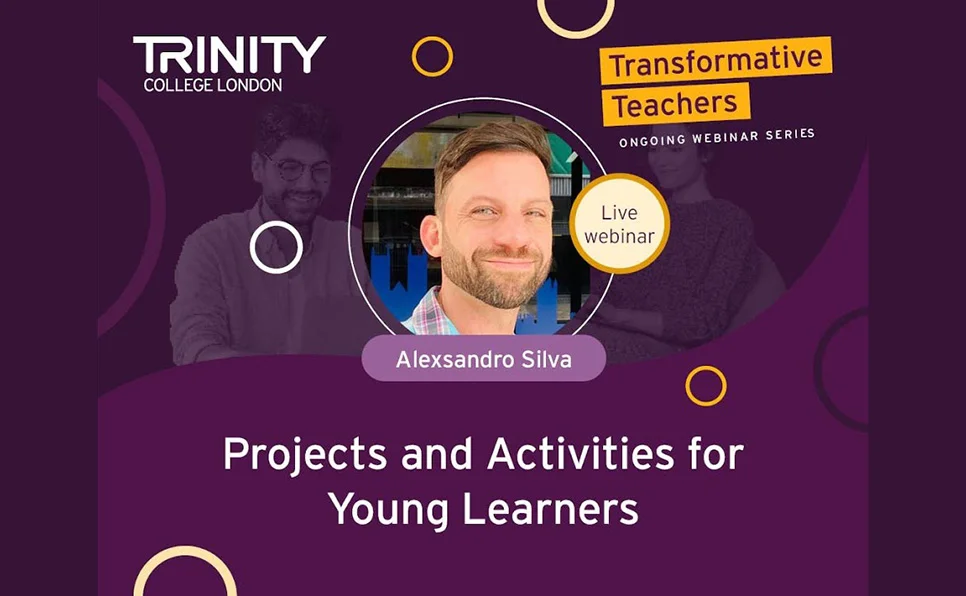Engaging Kindergarten ESL Learners: Classroom Management Strategies
Managing an ESL kindergarten classroom requires a unique approach compared to older students. This video highlights key considerations and strategies for effective classroom management:
- Attention Spans: Young learners have shorter attention spans. The video suggests incorporating frequent transitions between shorter activities. “Energizers” like movement breaks can re-energize students, while “Settlers” like calming activities can refocus them.
- Hands-on Learning: Kindergarteners often need more hands-on support and frequent reminders. The teacher should actively circulate the classroom and check in with students to ensure understanding.
- Social and Emotional Development: Social and emotional skills are still developing. The teacher should model and explain appropriate ways to interact with classmates and manage emotions.
- Physical Development: Fine motor skills are still developing, so the teacher may need to provide assistance with manipulating materials or completing tasks.
The Power of Routines: Establishing clear routines provides numerous benefits, including:
- Reduced Boredom and Distraction: Predictable routines create a sense of security and familiarity.
- Enhanced Listening and Comprehension Skills: Consistent routines allow students to anticipate what comes next, focusing their attention.
- Building Language Skills: Daily routines provide opportunities to practice and reinforce target vocabulary and phrases.
The video suggests routines for various activities like greetings, attendance, transitions, clean-up, group work, brain breaks, snack time, story time, and end-of-day wrap-up.
Effective Classroom Management Tips:
The video concludes with practical tips for smooth classroom management, such as:
- Clear Routines and Consistency: Establish clear daily routines and maintain consistency in implementing them.
- Visual Aids: Utilize visuals like charts, pictures, and gestures to enhance understanding.
- Positive Reinforcement: Acknowledge and praise good behavior to encourage desired actions.
- Proximity Management: Strategic use of proximity can help redirect behavior without disrupting the class.
- Visual Timers: Visual timers can help young learners transition between activities smoothly.
- Engaging Activities: Create engaging and interactive activities to keep students motivated.
- Transition Signals: Use consistent signals like songs or phrases to announce transitions.
By incorporating these strategies, ESL kindergarten teachers can create a positive and productive learning environment that fosters language acquisition and overall development.


